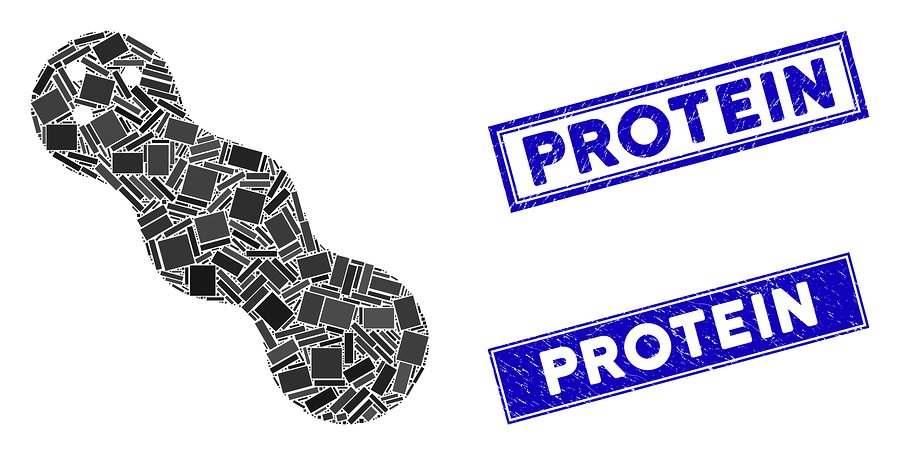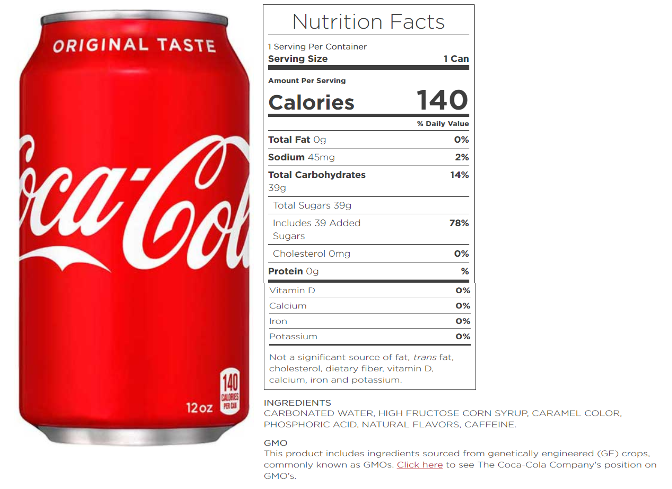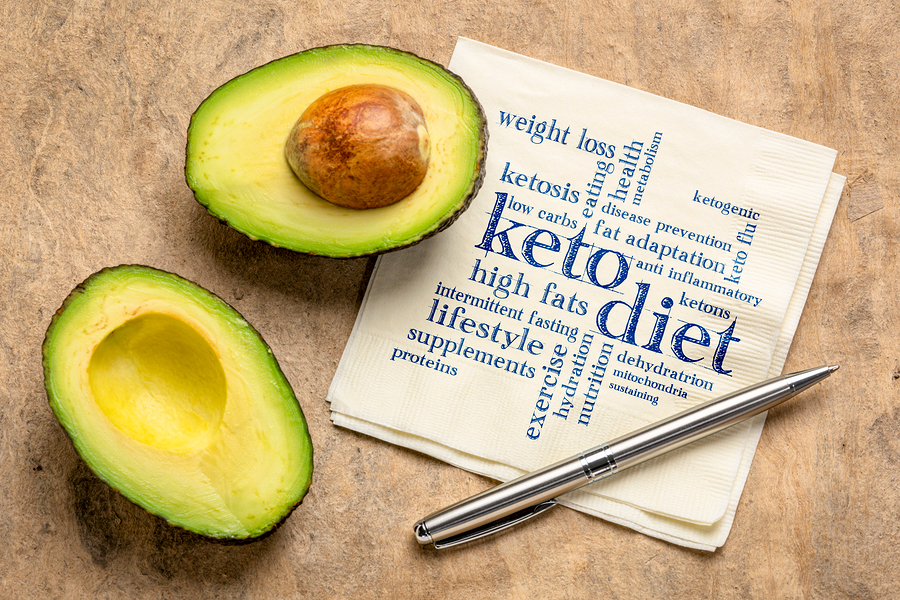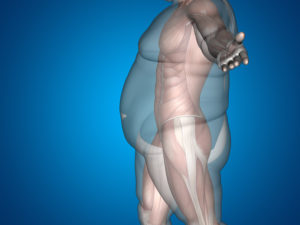New research shows how omega 3 fights metabolic syndrome.
Why is this important?
Because metabolic syndrome increases your risk for the following illnesses:
-
Type II Diabetes
-
Cardiovascular Disease
-
Dementia
-
Cataracts
-
Non-alcoholic Fatty Liver
(If you would prefer to view this information in a video format, then please click on my YouTube video below:)
If you’re over 60 years old and live in the United States, then you’re 50% more likely to have metabolic syndrome, which increases your risk for these illnesses.
The term “Metabolic Syndrome” applies to anyone who has at least three of the following five metabolic disorders: Read More →








 you. Unfortunately most people don’t understand the following:
you. Unfortunately most people don’t understand the following: